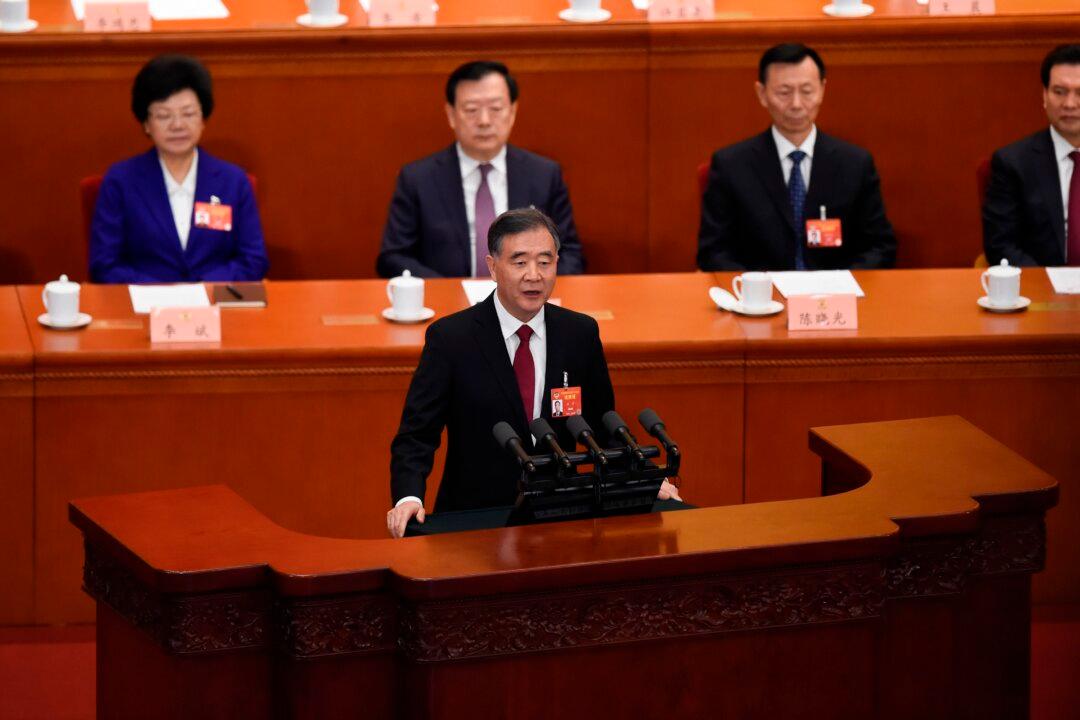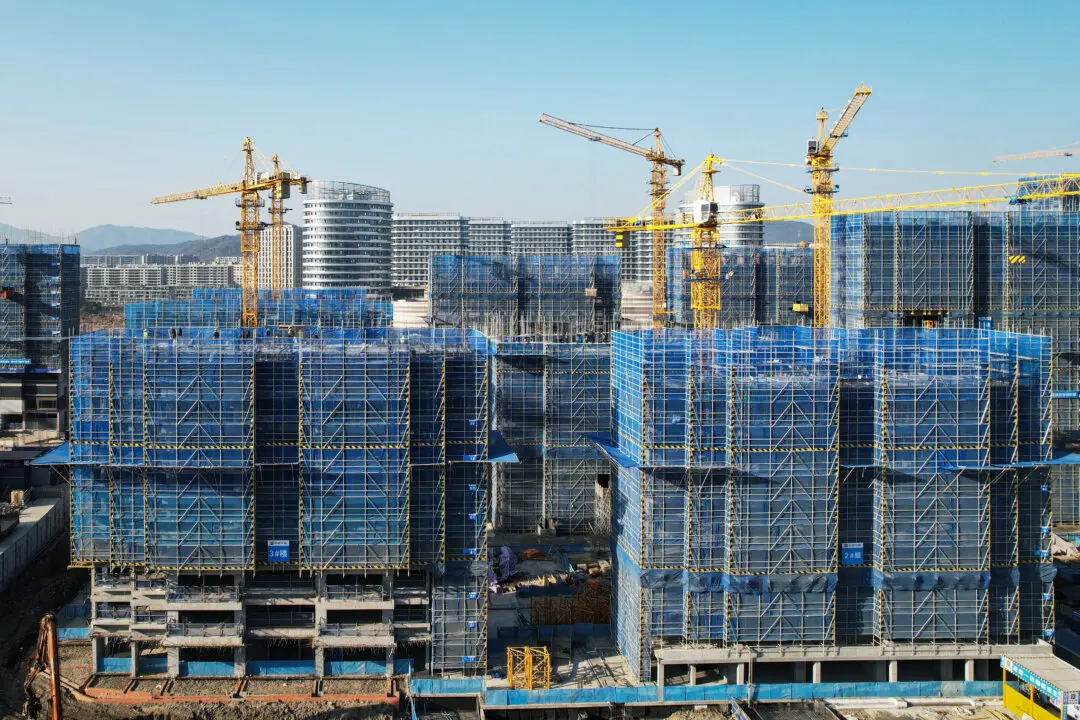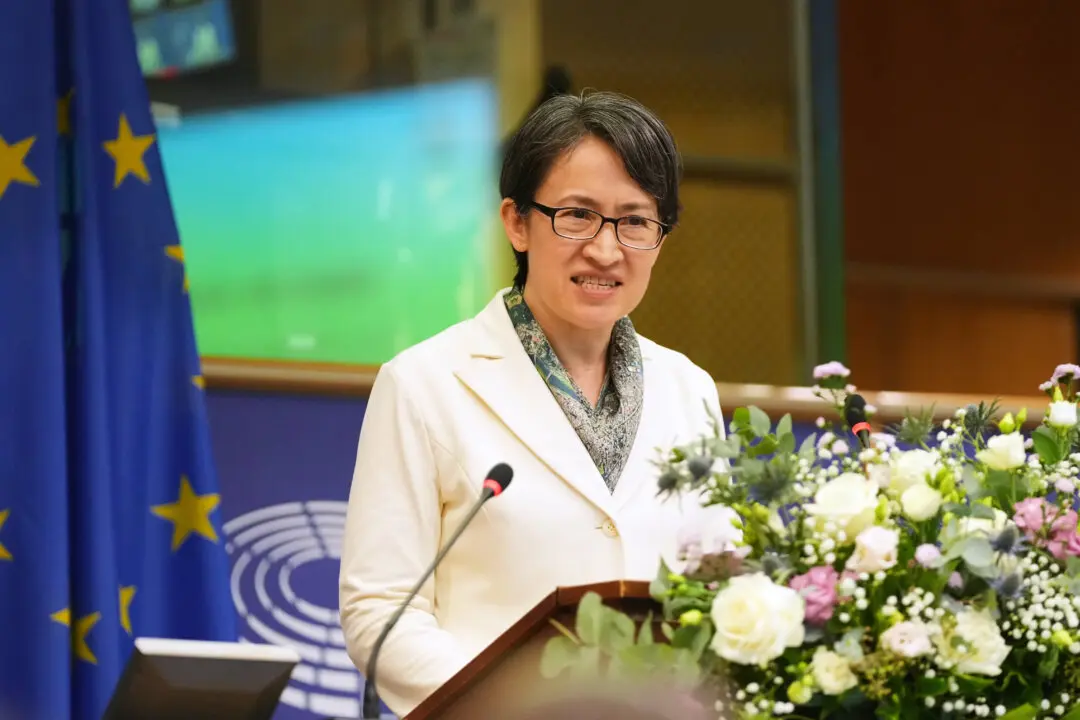During a national meeting of the Chinese Communist Party’s political advisory body on March 3, China’s ruling class revealed their anxieties about the political challenges ahead.
The Chinese People’s Political Consultative Conference (CPPCC) consists of more than 2,000 members, mostly high-profile individuals from different sectors, such as business executives, celebrities, and athletes.
As part of the annual “Lianghui” or “Two Sessions,” the head of the CPPCC, Wang Yang, gave a work report in which he emphasized “many kinds of severe, complex risks and challenges.”
All high-ranking officials were in attendance, including Chinese leader Xi Jinping and the other six members of the Party’s top decision-making body, the Politburo Standing Committee.
Xi issued an early warning in January during his New Year speech that “2019 will see both opportunities and challenges.”
Wang quoted Xi’s words in a plea for the CPPCC to “enhance one’s awareness of the difficulties and dangers ahead, and grasp the essence of ‘stability.’” The Party often cites the stability of its rule as a priority—especially in justifying its campaigns to stifle dissent.
This is the latest in a series of warnings China’s high-level officials have recently sent out as a worsening economy threatens to challenge the Party’s claim that its rule has brought prosperity to the populace.
Just weeks prior, during a study session for the 25-member Politburo on Feb. 22, Xi stressed that the Party faced “major risks on all fronts.” He declared that officials would be held responsible if the dangers are not handled well and spiral into “real threats.”
At a conference on Jan. 21 for provincial and minister-level officials, Xi gave a speech instructing cadres to prevent and control seven risks: “political risk, ideological risk, economic risk, science and technological risk, social risk, external environment risk, and risks to Party-building.”
Xi alluded to the severity of the country’s economic woes in a reference to “black swan” incidents—unforeseen events with a large impact, such as the ongoing trade dispute with the United States.
The Party is in the midst of both domestic and international troubles.
China’s GDP growth rate has hit the lowest level since 1990, consumer spending has weakened, local governments have difficulty repaying the massive debts accumulated over the years, and household debt has reached a record high as citizens struggle to pay off mortgage loans.
Meanwhile, rights groups and petitioners have continually staged large-scale demonstrations.
Internationally, the U.S.–China trade war is still unresolved. Foreign companies are moving out of China to avoid U.S. tariff rates. Meanwhile, experts predict that China’s export sector will soon experience large-scale layoffs if the dispute continues.
In a March 1 Voice of America interview, U.S.-based Chinese economist Cheng Xiaonong analyzed that China’s economic problems will be the Party’s biggest risk given their wide-ranging effect, while commentator Chen Pokong said the mention of “political risks” indicate that internally, the Party is experiencing infighting.





